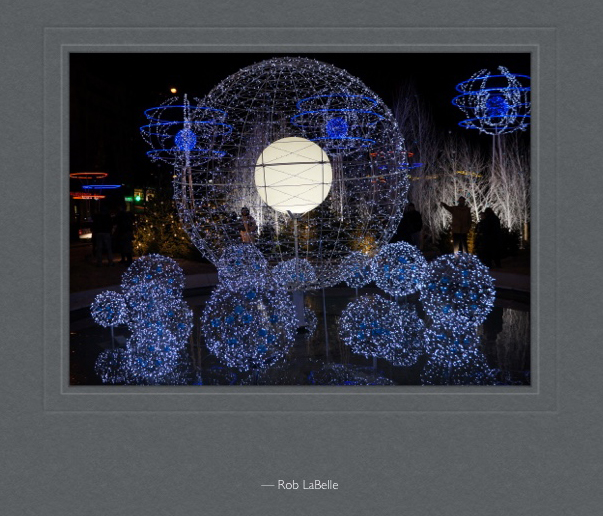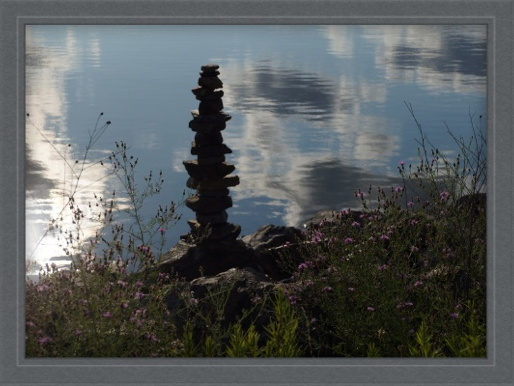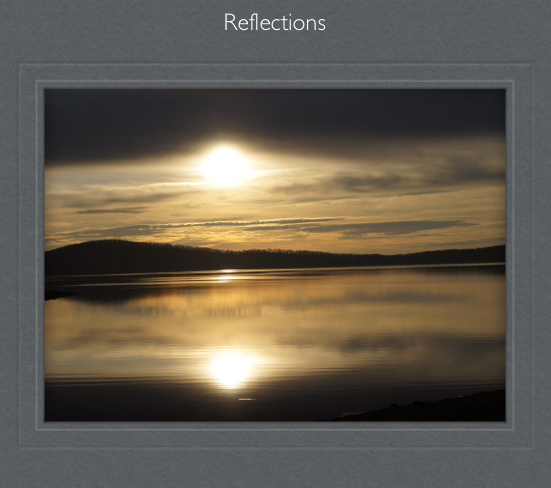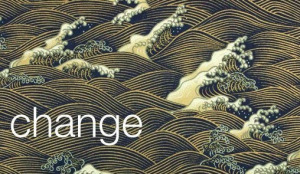Patience, a Virtue?
“The Universe is full of magical things patiently waiting for our wits to grow sharper”
As you navigate and evolve through your change process—and through life in general—there will be periods when you feel like you are in a “place” too long or even stuck. You may even feel as if you are waiting, waiting for a universal change that will lighten you or catapult you forward; waiting for a blocked channel to clear or a new path to open.
These are times when you need to reflect and deeply examine why you may be feeling this way—and also to be honest with yourself about where you are in the change process. The process of change is, well, a process and change is a constant—even when you do not feel like change is actually happening. You need to make sure that you are letting yourself gently move through the process—through self reflection, moments of clarity, the “re-minds” and evolving to new phases—taking with you what you have learned and what you have experienced… the constant refinement of you—to another phase.
This can be difficult when you try to measure this or define it by time—and find yourself feeling like you are waiting or anxious for something to happen to let you know you “have arrived” in a new phase, place, etc., or for negative energy to be released from the space you are in. I can’t stress enough that what you are doing—in setting intention, riding waves of energy, being true to yourself—are all a constant, and they can’t be viewed as something you can check off the check list or be measured by time. The beauty is how all these things and actions add to the fabric of you and how they help you to grow and evolve—aka, the constant state of change.
But we all find ourselves feeling like we are in a “state of waiting.” This is human nature, especially as we consciously are working on ourselves—to change, to realize the intentions we set, to learn to love ourselves, to be the best version of ourselves. Letting yourself move through the process and embracing the cycles of change is a mind-set, as is how we think about waiting. Waiting, really should not be thought of as together with patience; patience defined as bearing unfortunate and burdensome circumstances in a state of waiting for good things to come—in the simplistic view that “good things come to those who wait.”
These feelings of waiting—when you are feeling like you are in a place or space too long or are anxious to move forward—provides you the opportunity to evolve. Think of it as active waiting. When you are feeling like you are waiting, this does not mean you can’t do or are not doing anything or thinking anything—you are not simply just waiting. Waiting—let’s call it active waiting—especially when you are feeling anxious or stuck are pieces of the process that allow you more time for reflection, examining your intentions and taking stock of your emotions.
In this active waiting you will discover that you have evolved or that there may be some unresolved issues you need to still work through. In periods of active waiting, new people may be put on your path that even in a simple or quick encounter touch your heart, make you think, give you a different perspective—add to the fabric of you. In periods of active waiting you may have new experiences—and they may be so subtle like just being in the moment of noticing the stars on a clear night or taking the time to really say or receive a kind thank-you.
Through active waiting you are still doing—working, planning, dreaming; and, yes, at times taking needed rest for your mind, heart and soul. In periods of waiting you may need to be right where you are to help or give to others—as we are all part of something much larger than ourselves. Think of active waiting as preparing you for the next phases of change, of what may come your way—as providing you with building blocks and stepping stones to a best version of you and also to a best version of you in this human connected universe.









